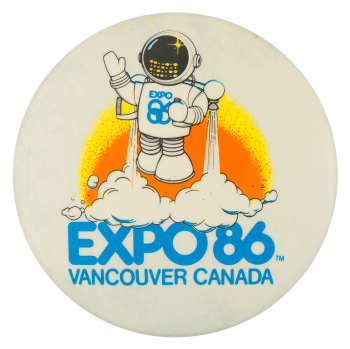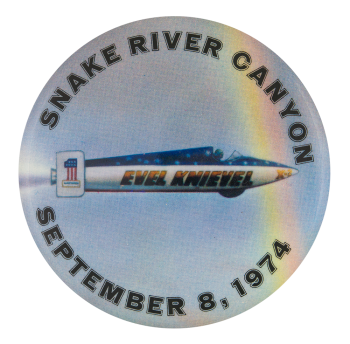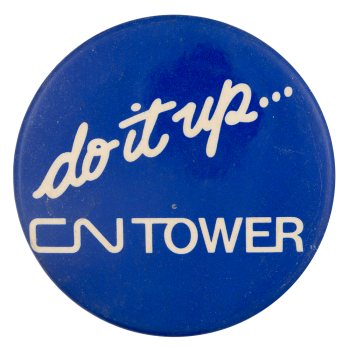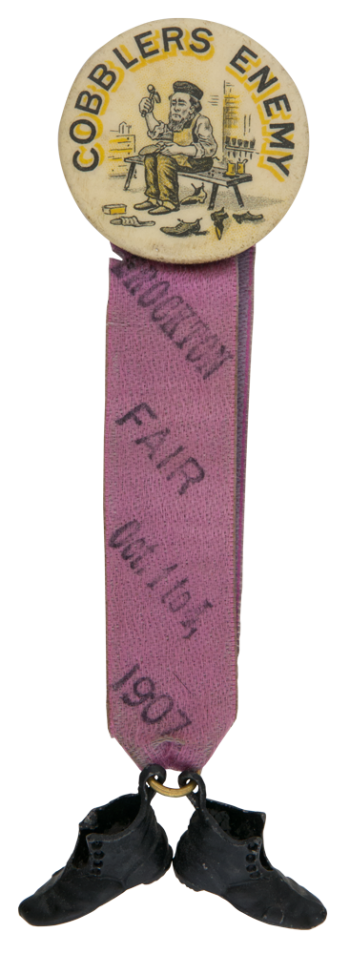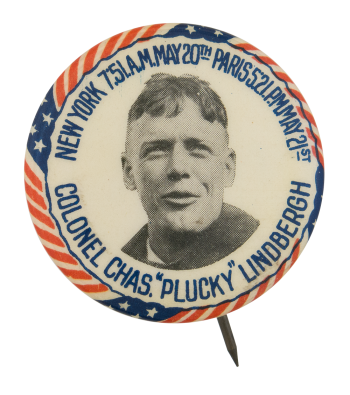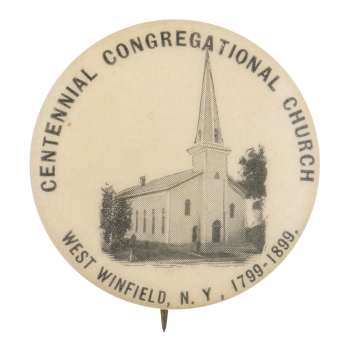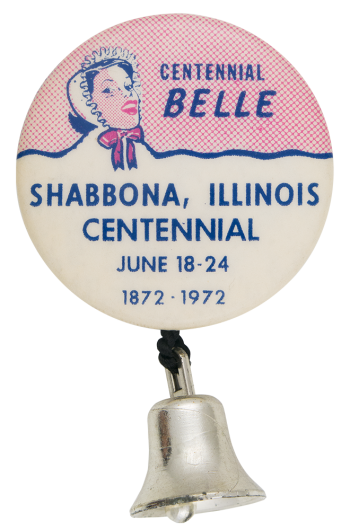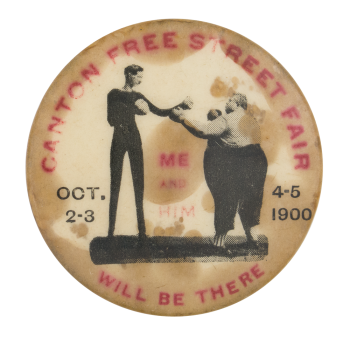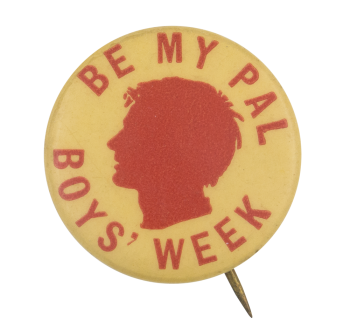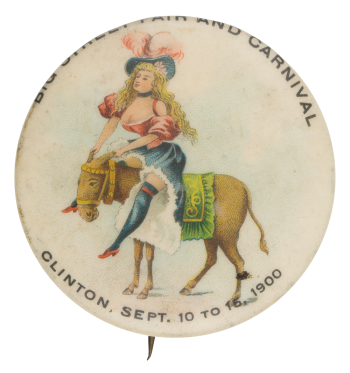Expo 86 Vancouver Canada
| Category | |
|---|---|
| Additional Images | |
| Sub Categories | |
| Text on Button | EXPO 86 - VANCOUVER CANADA |
| Image Description | Color illustration of waving, space suit clad character ascending wearing a jet pack in front of an orange and yellow background. Blue text on the lower section of the button and logo on the space suit. |
| Curl Text | H.A.S. Buttons Vancouver (604) 685-6622 |
| Back Style | |
| The Shape | |
| The Size | |
| Year / Decade Made | |
| The Manufacturer | |
| Additional Information | The 1986 World Exposition of Transportation and Communication, or Expo '86, was a World's Fair held in Vancouver, Canada. The fair was opened by Prince Charles and Princess Diana. Many famous entertainers performed or were at the event, including: Jacques Cousteau, Mikhail Baryshnikov, Joan Rivers, George Burns, Bob Newhart, Jerry Lee Lewis, Johnny Cash, Roy Orbison, The Beach Boys, Donovan, Depeche Mode and Loverboy. |
| Catalog ID | EV0015 |

